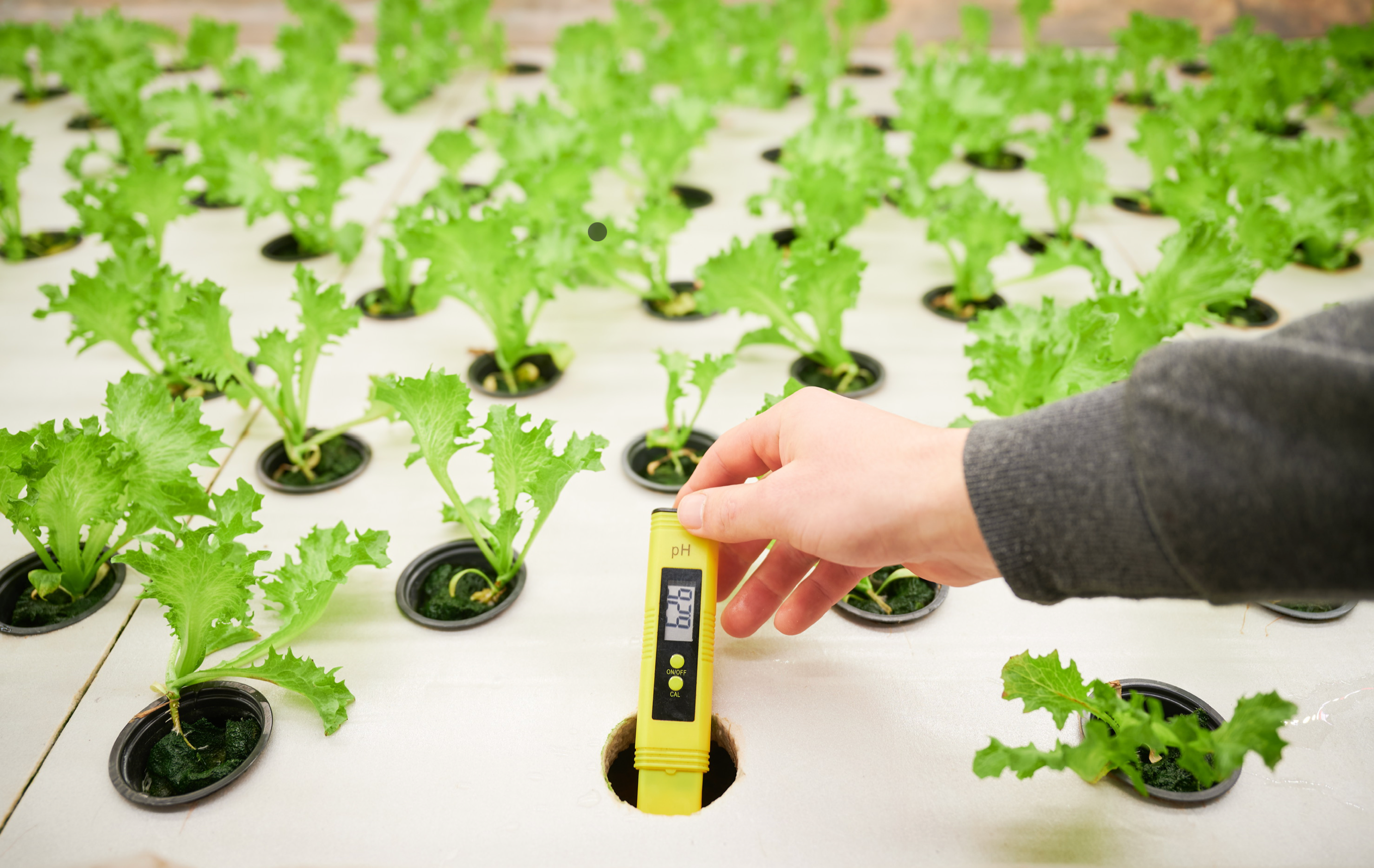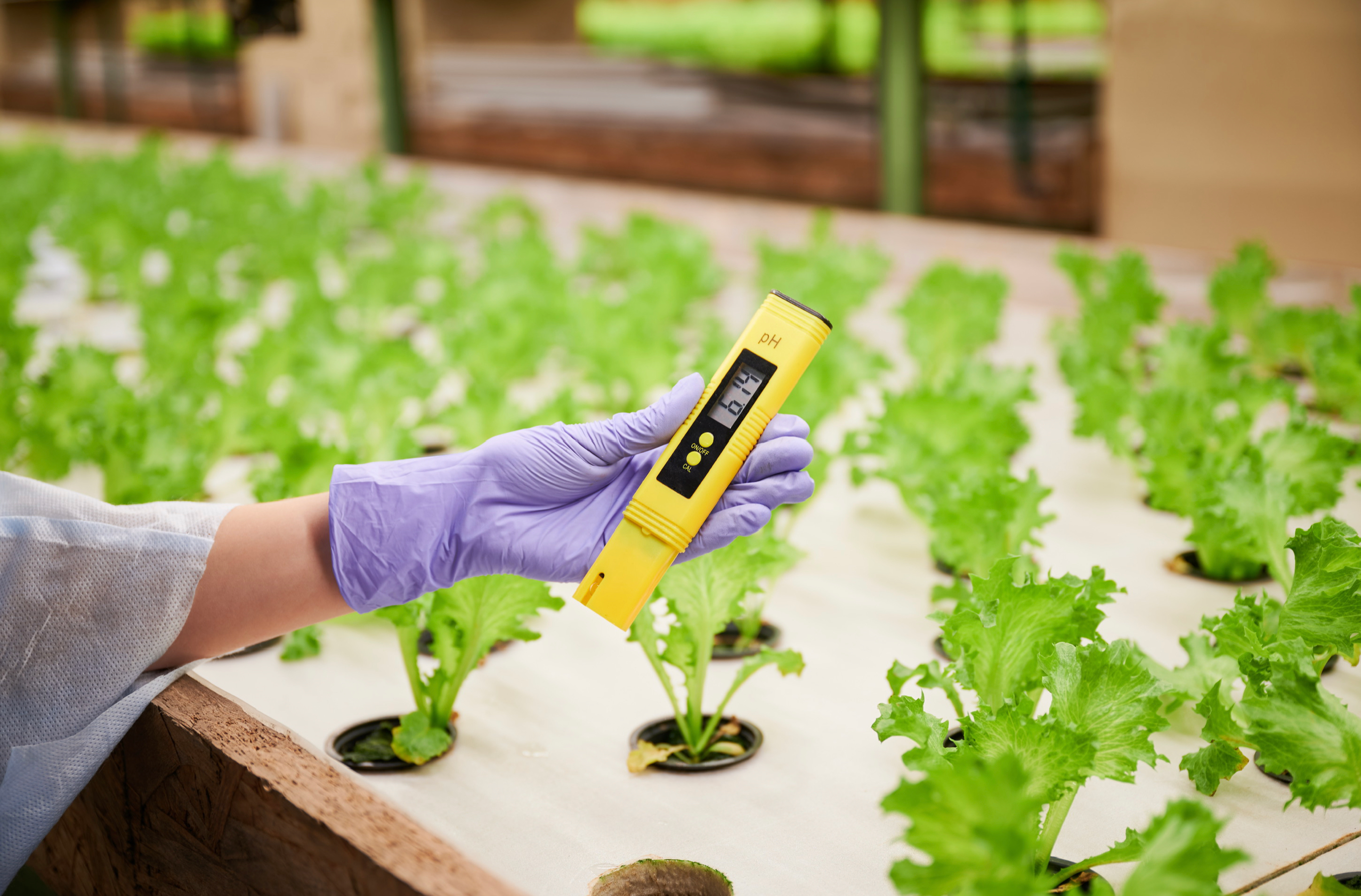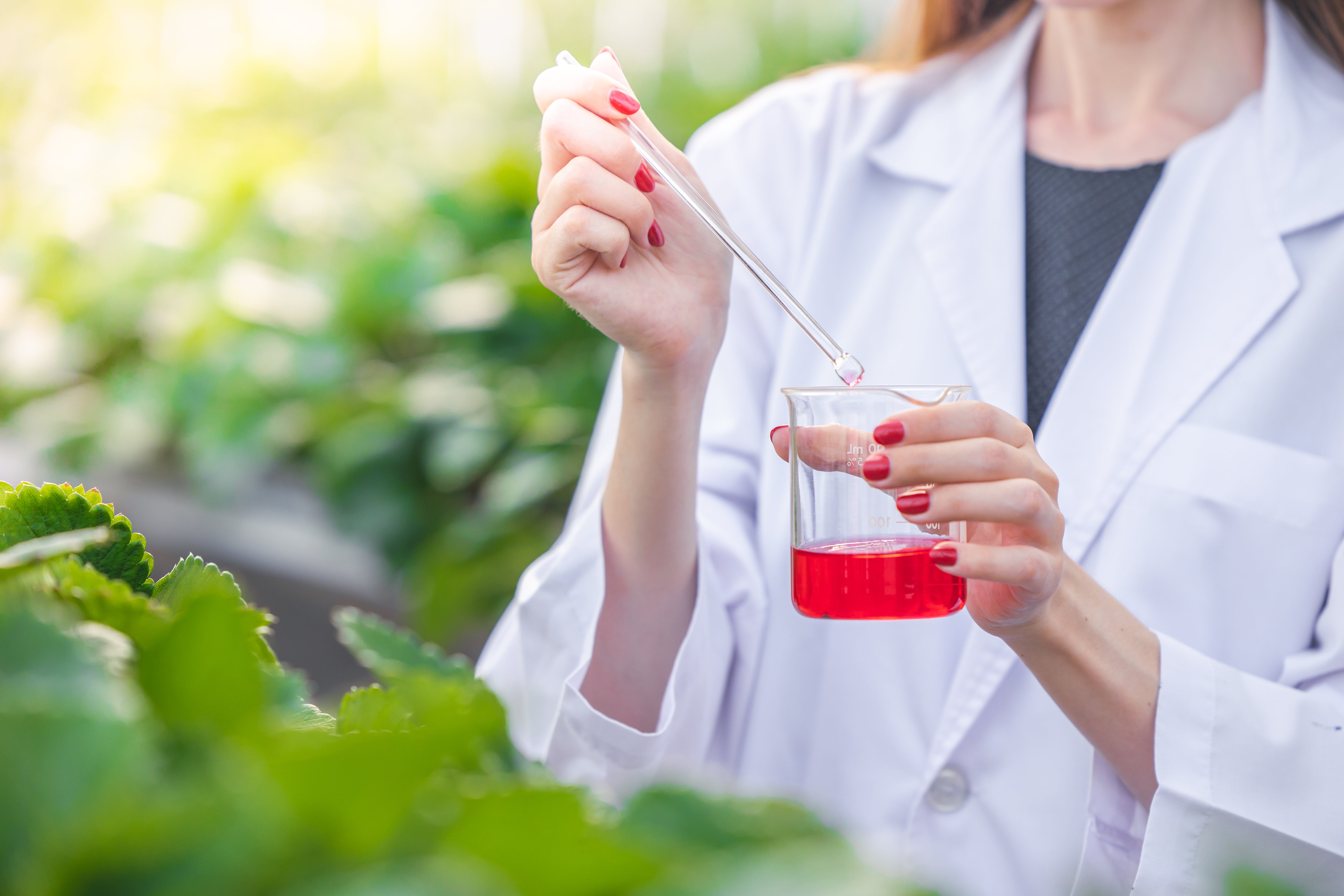Heating a Grow Room for Hydroponics

Everything You Need to Know When Heating a Grow Room
As winter approaches, it’s important to think about your grow room temperatures and heating your grow room so that your plants are not too cold. Most plants like air around them to be warm, and cold air temperatures can stunt plants’ growth and even kill them. The optimal air temperature for most plants is around 25ºC (77ºF) when the grow lights are on and 20ºC (68ºF) when the lights are off. In the winter when temperatures drop below 18ºC (65ºF), plants’ growth will slow, and anything below 15ºC (59ºF) can stop plants’ growth completely. If this happens, it can take 2–3 weeks for plants to recover, but sometimes they may not recover at all. You obviously don’t want that to happen, so in this article, we’ll cover everything you need to know about heating a grow room so that your plants can thrive and produce abundant harvests.
Insulate Your Grow Room
The first step to heating a grow room is insulating it to prevent heat from escaping in the first place. Check the seals on the doors and windows in your grow room and replace them if they are damaged or worn out. Make sure the air ducts for intake and exhaust fans are well-insulated too. If you can afford it, you can insulate the walls in your grow room. You can also insulate parts of your hydroponic system. If you’re growing in pots, you can wrap aluminium foil sheets around them. If the pots are in direct contact with the cold floor, you can put a polystyrene plastic sheet in between the pots and the floor.
Take Intake Air from a Warmer Space
If your intake air comes from outside in the winter, it will obviously bring the temperatures down in your grow room. You can try taking intake air from a warmer space, for example, from inside of your home instead of from the outside. This will help increase the temperatures in your grow room dramatically.
Improve Air Circulation
Warm air is less dense than cold air, so it flows upwards, which means there might be pockets of warm air closer to the ceiling in your grow room. You can improve air circulation by simply adding a stand fan. This will help circulate warm air around your entire grow room.
Put Your Exhaust Fan on a Timer
You need to have an exhaust fan on for proper ventilation, but you should consider putting it on a timer, especially during the periods when the grow lights are off. You can get a day/night fan speed controller, and you can set temperature limits for day and night, which means the exhaust fan will turn on automatically only when necessary, and this will help keep the air temperature from getting too cold.

Get a Heater for Your Grow Room
If you live in a really cold climate and insulating your room and optimizing air circulation is not enough, you’ll need to get a heater for your grow room. There are different varieties, like tube heaters and thermostat-controlled electric heaters. Tube heaters are small, affordable, and don’t consume a lot of power, so they are perfect for small spaces. They are not controlled by a thermostat, so you’ll need to watch your grow room temperature to make sure it doesn’t get too hot. If you want a heater controlled by a thermostat or you have a bigger grow room, you’ll need to get an electric grow room heater. They are more expensive than tube heaters, but they produce much more heat, and they are controlled by a thermostat, so you can set them to a certain temperature and won’t have to worry about whether your grow room is too hot or too cold.
For more great content check out the Proponics YouTube channel below!

By Max Barnes
Max Barnes is a long-time homesteader and author. Max grows the majority of his own food year-round using a variety of different methods, including hydroponics. Hydroponic gardening plays a huge part in his homestead and self-sufficiency goals.




